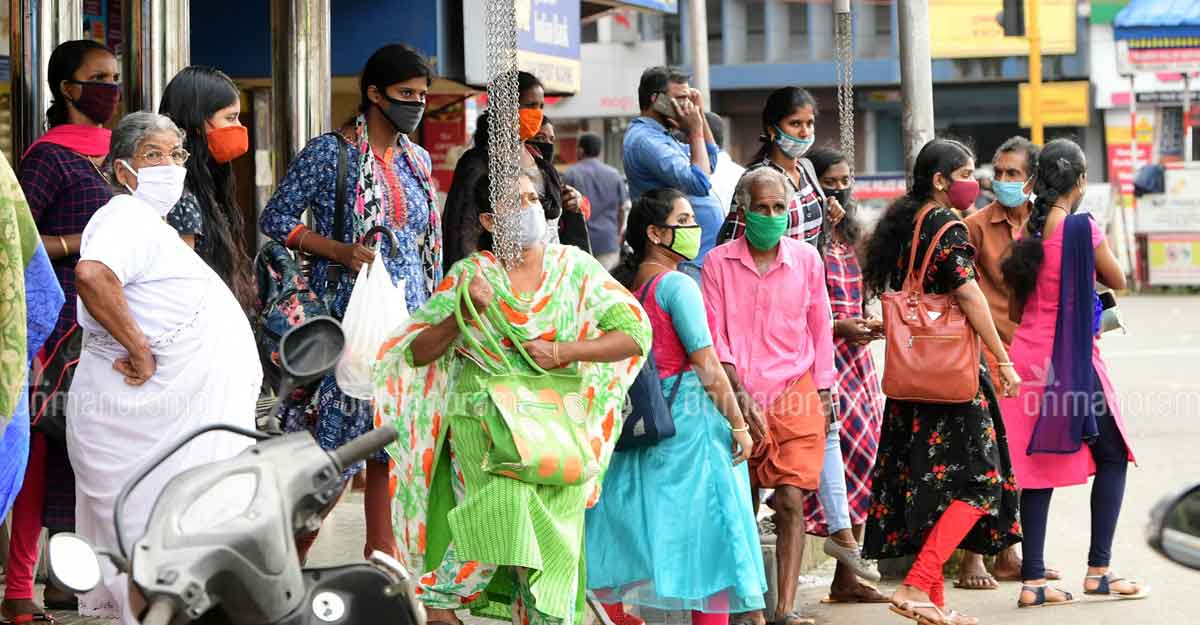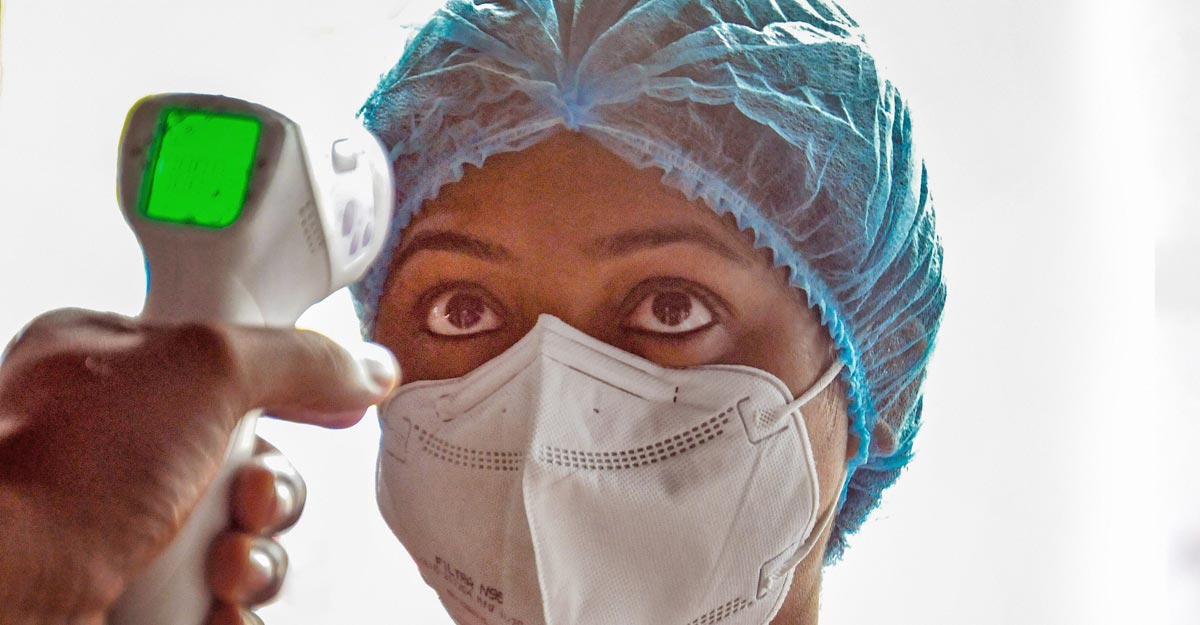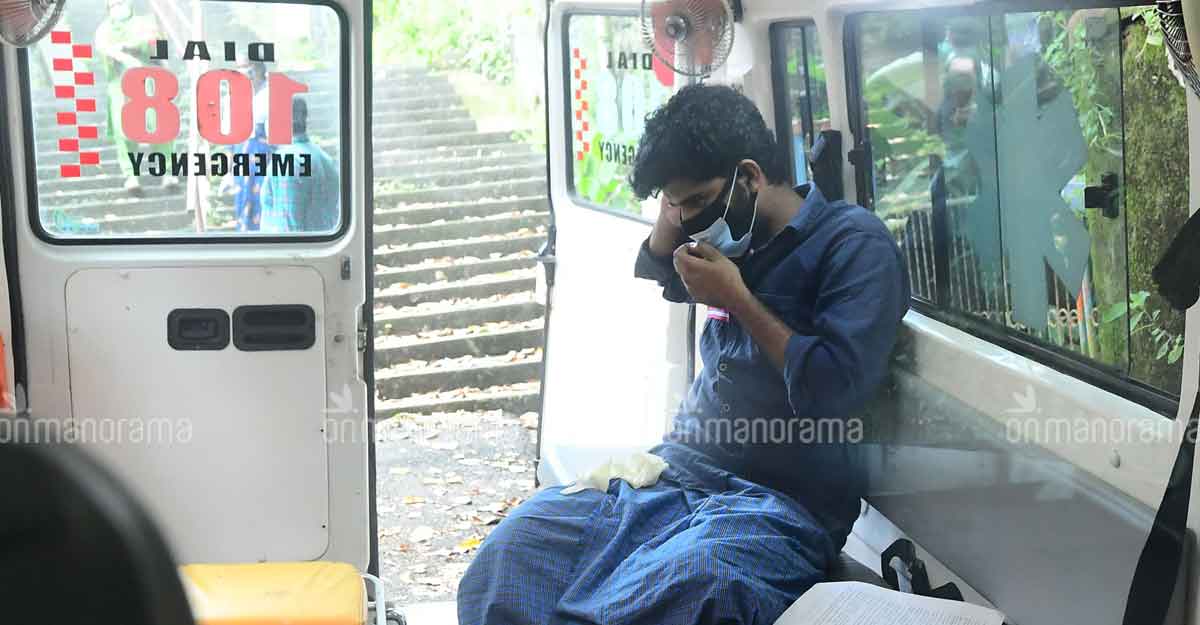How long can Kerala hold on to its low COVID-19 fatality rate?

Mail This Article
Kerala now has the highest number of daily COVID-19 cases in India - higher than even Maharashtra, Delhi or Karnataka - but it also has the lowest fatality rate - lower than even Sikkim and Andaman & Nicobar Islands where the total confirmed cases are yet to cross 5000.
The commendable thing was, though COVID-19 cases continued to soar in proportion to the increase in tests, Kerala had managed to consistently reduce its already low case fatality rate.
In May, when the average daily cases was less than 50, the death rate was 0.77 per cent. In June, it came down to 0.45. In August, it was 0.4. In September, it fell to 0.38.
On October 10, by when the daily cases had long crossed 8,000, the case fatality rate was down to 0.28. At this point, Kerala seems to have hit rock bottom.
From then on, the factors that worked in tandem to keep the death rate low in Kerala (house-level monitoring, quick transportation of the sick and hospital care) appear to be coming apart.
Now, in a fortnight, the death rate has inched up to 0.34 per cent.
Gamble that paid off, almost

Till the first week of October it was found that Kerala could keep its fatality rate low even after it encouraged patients with even mild symptoms (over 50 per cent of those found positive) to self-monitor themselves at home.
To prescribe home isolation was to turn a successful prevention strategy on its head. During the first half of the pandemic, it was said Kerala could keep its death rate low because it employed the 'swift hospitalisation' strategy. Right through till July, positive patients in Kerala were shifted to hospitals within three days of the onset of symptoms.
But as cases shot up and hospital beds were used up quickly, hospitalising all positives was clearly not sustainable. Symptomatics and the mildly symptomatic were, therefore, asked to isolate themselves at home. "We have no choice," a top Health official had then told Onmanorama.
If the radical change in policy did not impact deaths, it was only because the local ward-level network of councillors, Asha (Accredited Social Health Activist) workers, health inspectors and the police continued to take their supervision duties seriously.
It was usual for patients in home isolation to get a minimum of four calls at least every alternate day (from the Asha worker, the ward councillor, health inspector, the local police station and also from the Collectorate) enquiring about their situation. Asha workers also make regular house visits.
COVID-19's big disruption

The daily rise in COVID numbers seems to have sneaked in a slow-operating malware that is subtly breaking down the efficiency of this ward-level monitoring system.
“Last month, I had just five positive cases in my ward,” said Sreelatha, an Asha worker in Malappuram, the district with the highest test positivity in Kerala. “Today there are 38 cases. It is difficult for us to give each patient enough time,” Sreelatha said. (Each Asha worker is assigned a ward within a panchayat.)
On an average, the number of patients a single Asha worker has to monitor daily in Kerala has increased by five to seven within a month.
Higher numbers have not just weakened patient-health worker communication but it has also slowed the information flow from primary health centres/testing labs to Asha workers. “During the last few weeks we have been constantly complaining that we are not being provided complete information on the number of daily positive cases,” said Shylaja, another Asha worker in Malappuram.
As a result, many patients in a panchayat are now outside the radar of the local monitoring network.
By now innumerable studies have established that the health of affected people, even those with mild symptoms, often deteriorates rapidly during the second week of infection.
Rapid transformation

This does not mean that those within the radar are highly fortunate. Though the grassroots team of Asha worker, health inspector, police and the ward councillor is called the Rapid Response Team, they are finding it increasingly difficult to respond rapidly to distress calls.
“There is a severe shortage of ambulances. Earlier, when there were less number of cases, it was not an issue. But after daily cases in our district happened in the hundreds, the few ambulances that we have are always on the move,” said Sally Soman, an Asha worker attached to Thekkumkara panchayat in Thrissur.
“You cannot stand it when people you know very closely call you complaining of breathlessness or other complications and you can do nothing to shift them as fast as possible to hospitals,” she said.
Tertiary care chaos
Even when a patient in home isolation is taken to the hospital, overcrowding could seriously undermine care. Desperation can also induce knee-jerk responses.
It is with a sense of failure that Asha worker Sreelatha of Malappuram recounts the travails of a 50-year-old woman in her ward. “We could shift her to Manjeri Medical College only three days after her condition deteriorated as there were no ambulances to transport her. The Medical College was crowded but she still got admitted. Because of the rush of daily COVID-19 cases, the medical college was desperate to free up as many beds as possible and once her symptoms subsided, the woman was transferred to a hospital in Keezhattur. But by the time she reached Keezhattur she developed severe vomiting and her conditions worsened and had to be rushed back to the medical college and, this time, had to be admitted in the ICU,” Sreelatha said.
The woman has still not left the ICU, and her condition remains critical.
Oxygen-level paradox

Self-monitoring is also turning out to be problematic. Patients at home, and their caregivers, have been asked to keep an eye mainly on oxygen saturation. If oxygen levels fall below 95, they have been instructed to immediately call the Asha worker or the primary health centre doctor for a hospital shift.
The only means to self-measure oxygen levels is a pulse oximeter, a thick clip-like equipment that is kept bitten to the fingertip. The government wanted all homes to have one; it was originally said that either the government would purchase it for them or households with wherewithal can get one for themselves.
Oximeter shopping has not really taken off. None of the lower middle class and poor homes with patients in home isolation have the equipment.
The government has no intention of getting these households one either. “It doesn't look practical as we have found that most oximeters now in the market are faulty,” said Rajeev Sadanandan, former health secretary and now the government's COVID-19 advisor.
Give the doctor sleepless nights

With no oximeter at hand, how is a family supposed to make the timely distress call.
Asha workers Onmanorama talked to said they have told patients under their care to call them when there is severe vomiting or loose motion.
“We are also encouraging them to call the doctor directly,” Sadanandan said. “The PHC doctors are already under severe strain and this will pile on the burden but it would inculcate trust and make home isolation more effective,” he said.
Doctors in primary health centres are already flooded with distress calls. "It is not the incoming calls, telling us of breathlessness and fever, that are frightening us but the reality that in the coming days there would be times when the most we can tell them is to somehow endure and stay at home for a day or two more. We know the patient's condition might worsen but what else can we say," a doctor in a PHC in Kozhikode district said.


